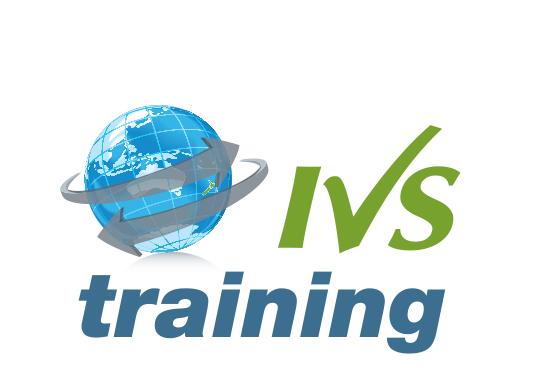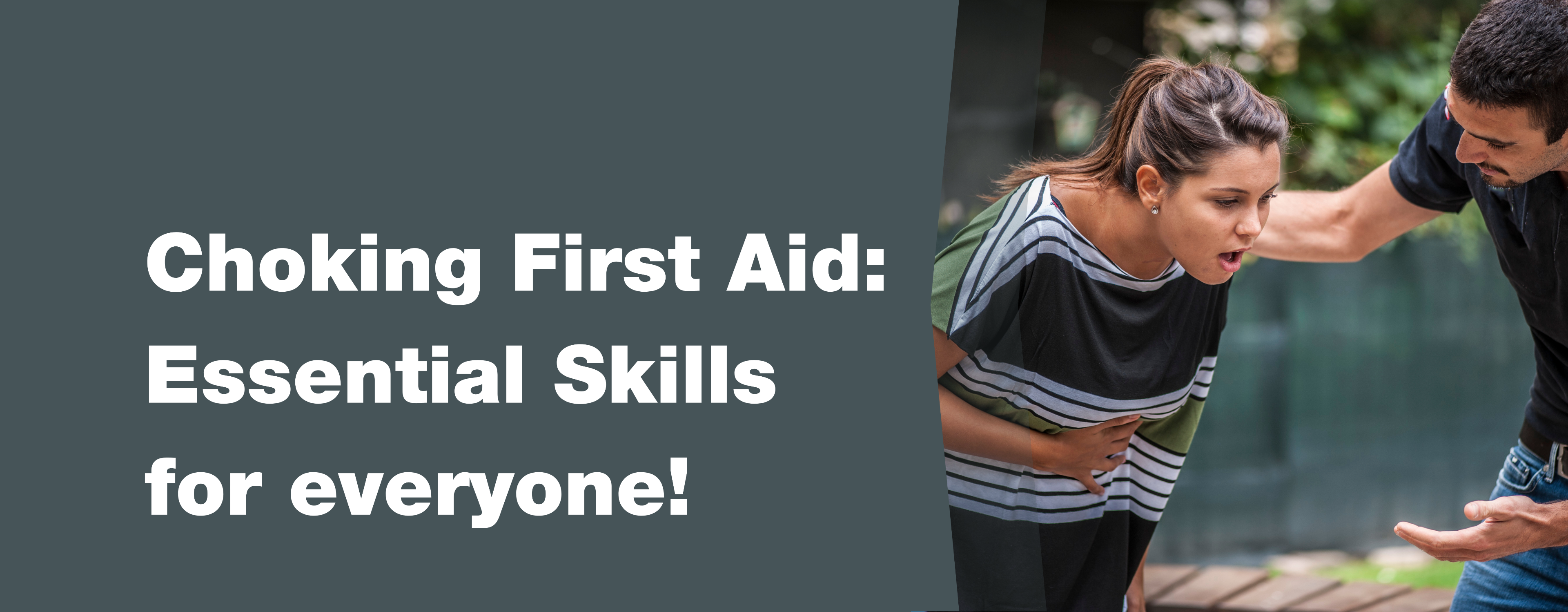Choking First Aid: Essential Skills for Parents and Workplace Safety
Choking is a common emergency that can happen to anyone and knowing how to respond effectively can save lives. While infants and young children are especially vulnerable due to their small airways and exploratory habits, choking is also a significant risk in the workplace, particularly in environments with shared kitchens, high-stress situations, or fast-paced break times. Luckily, First Aid training can provide parents and professionals alike with the skills and confidence to react quickly and appropriately in emergencies.
Common Choking Hazards for Babies, Children, and Adults
For infants and children, small foods and objects are the main culprits. Adults, however, can choke on a variety of items, especially when eating in a hurry, multitasking, or during a moment of distraction.
- For Babies and Children: Foods like grapes, blueberries, and popcorn are typical choking hazards. Small objects like coins, toys, and household items such as pen caps also pose risks.
- For Adults at Work: Common choking hazards include food items, especially hard candies, pieces of meat, and snacks. Workers who eat quickly or multitask during meals (for example, while on calls or typing) are at increased risk. Items like pen caps, nails, or screws can be choking hazards in certain work environments like construction sites or workshops.
Importance of First Aid training for both personal and workplace settings
Learning First Aid helps prepare people to respond effectively and confidently, whether they’re at home with children or in the workplace. Here’s why this training is essential for both:
- Enhanced Safety for Everyone: First Aid training increases safety across settings, ensuring that people can act quickly to help children, colleagues, and customers in emergencies such as choking.
- Legal and Occupational Benefits: In almost every workplace, First Aid certification is a legal or regulatory requirement, particularly in industries where public safety is a priority, such as healthcare, hospitality, education, and construction.
- Confidence and Readiness: Training provides not only technical skills but also confidence. When people know exactly what to do, they can react faster and stay calmer, reducing panic in high-stress situations.
- Up-to-Date Techniques: First Aid guidelines are regularly updated, so trained individuals will be informed of the most effective, current practices. This is particularly crucial for workplaces, where employee turnover may mean a need for regular refreshers.
Preventive Tips for Parents and Workplaces
- Supervision and Mindful Eating: Supervise children during mealtime, and encourage a culture of mindful eating in the workplace. When people eat slowly and avoid talking or laughing with food in their mouths, choking risks decrease.
- Safe Environment: For parents, keep small objects and foods that are choking hazards out of reach of children. In the workplace, clear workspaces of small objects like pen caps or screws that could inadvertently be swallowed.
- Workplace First Aid Kits and Training: Stock first aid kits in accessible locations, especially in high-risk areas. Book employees in for regular First Aid training sessions to ensure preparedness. Or better yet, book onsite First Aid training at your workplace, so that we can make the training as relevant as possible for your staff.
First Aid training is an investment in safety for both families and organisations. It equips individuals to act quickly, provides peace of mind, and demonstrates a commitment to the well-being of everyone, from infants and children to colleagues and clients. So, whether you’re a parent, a manager, or a worker in a fast-paced environment, consider signing up for a First Aid course. It’s a small commitment that could make all the difference in a life-threatening moment.


